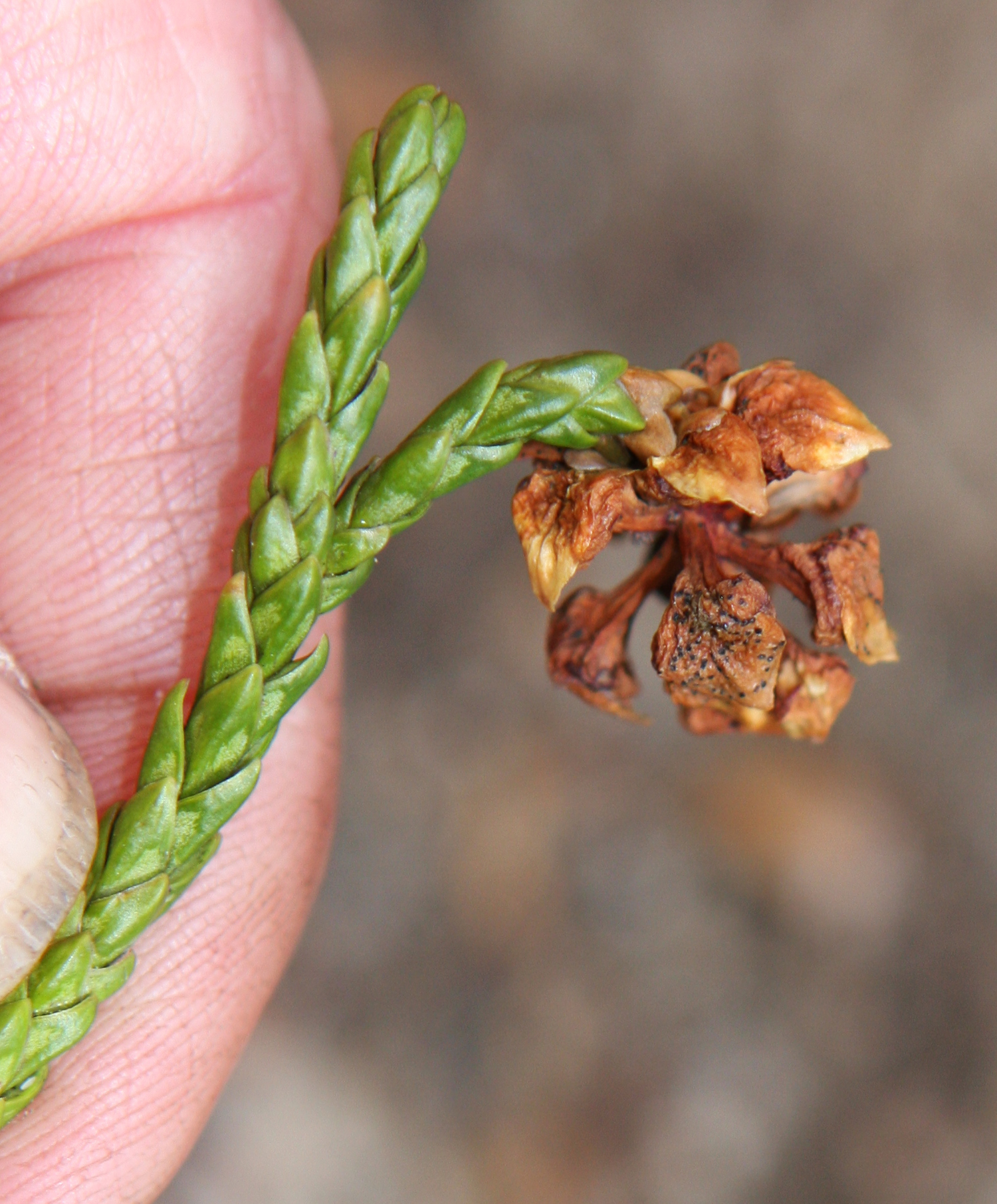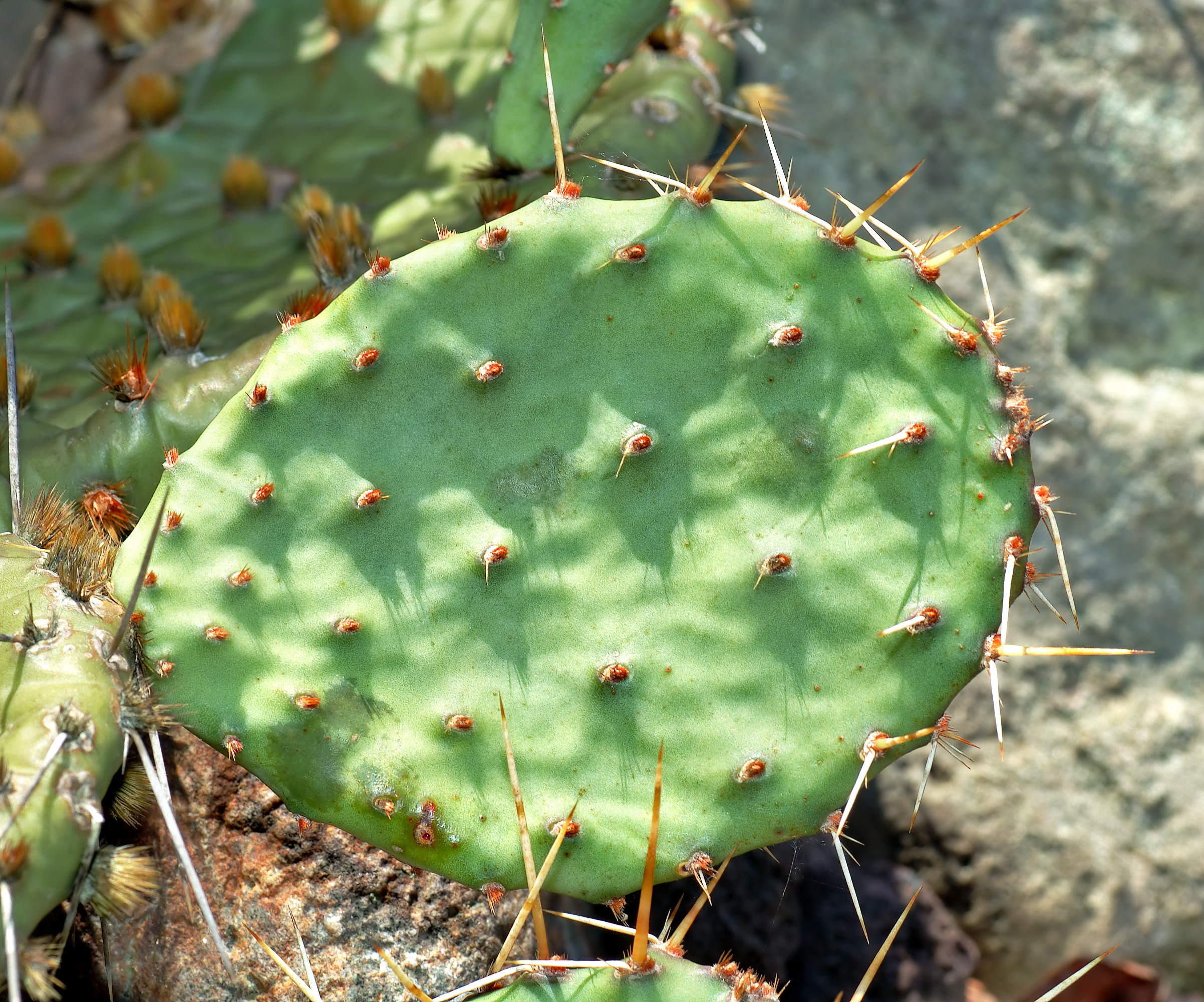cataphyll on:
[Wikipedia]
[Google]
[Amazon]
 In plant morphology, a cataphyll (sometimes also called a ''cataphyllum'' or cataphyll leafJackson, Benjamin, Daydon; A Glossary of Botanic Terms with their Derivation and Accent; Published by Gerald Duckworth & Co. London, 4th ed 1928) is a reduced, small
In plant morphology, a cataphyll (sometimes also called a ''cataphyllum'' or cataphyll leafJackson, Benjamin, Daydon; A Glossary of Botanic Terms with their Derivation and Accent; Published by Gerald Duckworth & Co. London, 4th ed 1928) is a reduced, small
 Cataphyll comes from the
Cataphyll comes from the


 In plant morphology, a cataphyll (sometimes also called a ''cataphyllum'' or cataphyll leafJackson, Benjamin, Daydon; A Glossary of Botanic Terms with their Derivation and Accent; Published by Gerald Duckworth & Co. London, 4th ed 1928) is a reduced, small
In plant morphology, a cataphyll (sometimes also called a ''cataphyllum'' or cataphyll leafJackson, Benjamin, Daydon; A Glossary of Botanic Terms with their Derivation and Accent; Published by Gerald Duckworth & Co. London, 4th ed 1928) is a reduced, small leaf
A leaf ( : leaves) is any of the principal appendages of a vascular plant stem, usually borne laterally aboveground and specialized for photosynthesis. Leaves are collectively called foliage, as in "autumn foliage", while the leaves, ...
. Many plants have both "true leaves" (''euphylls''), which perform most of the photosynthesis
Photosynthesis is a process used by plants and other organisms to convert light energy into chemical energy that, through cellular respiration, can later be released to fuel the organism's activities. Some of this chemical energy is stored in ...
, and cataphylls, which are modified to perform other functions.
Cataphylls include bract
In botany, a bract is a modified or specialized leaf, especially one associated with a reproductive structure such as a flower, inflorescence axis or cone scale. Bracts are usually different from foliage leaves. They may be smaller, larger, or o ...
s, bracteoles and bud scales, as well as any small leaves that resemble scales
Scale or scales may refer to:
Mathematics
* Scale (descriptive set theory), an object defined on a set of points
* Scale (ratio), the ratio of a linear dimension of a model to the corresponding dimension of the original
* Scale factor, a number w ...
, known as scale leaves. The functions of cataphylls, such as bud scales, may be short-lived, and they are often shed after their function is fulfilled.
Etymology
 Cataphyll comes from the
Cataphyll comes from the Ancient Greek
Ancient Greek includes the forms of the Greek language used in ancient Greece and the ancient world from around 1500 BC to 300 BC. It is often roughly divided into the following periods: Mycenaean Greek (), Dark Ages (), the Archaic pe ...
, meaning "down", and , meaning "leaf".
Forms
In some cases, cataphylls perform atransient
ECHELON, originally a secret government code name, is a surveillance program (signals intelligence/SIGINT collection and analysis network) operated by the five signatory states to the UKUSA Security Agreement:Given the 5 dialects that us ...
function, after which they die and may shed. Those that shed early are said to be caducous. The sepal
A sepal () is a part of the flower of angiosperms (flowering plants). Usually green, sepals typically function as protection for the flower in bud, and often as support for the petals when in bloom., p. 106 The term ''sepalum'' was coine ...
s of '' Papaver'' species are shed during the very opening of the petals and are a dramatic example of caducous leaves.
Cataphylls can have many other forms. Some, such as spines, corm-scales, and bud-scales, may be persistent but may not perform their major function until they die, whether or not they are physically shed. Examples of various kinds of living cataphylls include bulb-scales, rhizome-scales, cotyledon
A cotyledon (; ; ; , gen. (), ) is a significant part of the embryo within the seed of a plant, and is defined as "the embryonic leaf in seed-bearing plants, one or more of which are the first to appear from a germinating seed." The numb ...
s, and scaly bract
In botany, a bract is a modified or specialized leaf, especially one associated with a reproductive structure such as a flower, inflorescence axis or cone scale. Bracts are usually different from foliage leaves. They may be smaller, larger, or o ...
s. Several of these occur in various forms and contexts. For example, bud scales occur on numerous kinds of leaf or branch buds, as well as on flower buds.
Protective masses of dead leaves encircle the stems of some species of palm trees
Palm most commonly refers to:
* Palm of the hand, the central region of the front of the hand
* Palm plants, of family Arecaceae
**List of Arecaceae genera
* Several other plants known as "palm"
Palm or Palms may also refer to:
Music
* Palm (ba ...
or '' aloes'', but those are not usually regarded as cataphylls because their primary function while alive is photosynthesis.
Cotyledons as cataphylls
Cotyledon
A cotyledon (; ; ; , gen. (), ) is a significant part of the embryo within the seed of a plant, and is defined as "the embryonic leaf in seed-bearing plants, one or more of which are the first to appear from a germinating seed." The numb ...
s are widely regarded as a class of cataphyll, though many kinds of cotyledons function as living tissue and remain alive until, at least, the end of their function, at which time they wither and may drop off. They begin as leaf rudiments. Many kinds accumulate nutrient materials for storage, starting to give up their stored material as the plant germinates. Some, such as the cotyledon
A cotyledon (; ; ; , gen. (), ) is a significant part of the embryo within the seed of a plant, and is defined as "the embryonic leaf in seed-bearing plants, one or more of which are the first to appear from a germinating seed." The numb ...
s of many legume
A legume () is a plant in the family Fabaceae (or Leguminosae), or the fruit or seed of such a plant. When used as a dry grain, the seed is also called a pulse. Legumes are grown agriculturally, primarily for human consumption, for livestock for ...
s, conifers, and cucurbits
The Cucurbitaceae, also called cucurbits or the gourd family, are a plant family consisting of about 965 species in around 95 genera, of which the most important to humans are:
*''Cucurbita'' – squash, pumpkin, zucchini, some gourds
*'' Lagena ...
, develop chlorophyll and perform the first photosynthesis
Photosynthesis is a process used by plants and other organisms to convert light energy into chemical energy that, through cellular respiration, can later be released to fuel the organism's activities. Some of this chemical energy is stored in ...
for the germinating plant.

Corm scales
Like bulb-scales,corm
A corm, bulbo-tuber, or bulbotuber is a short, vertical, swollen underground plant stem that serves as a storage organ that some plants use to survive winter or other adverse conditions such as summer drought and heat (perennation).
The word ' ...
scales are largely the basal parts of the photosynthetic leaves that show up above ground. Some species of cormous plants, such as some '' Lapeirousia,'' also produce cataphylls that act solely as tunic leaves for the corm. Unlike bulb-scales, however, the corm tunic has no significant storage function; that task is left to the Parenchyma of the cortex of the corm.
See also
* Leaf shape *Leaf size Leaf size of plants can be described using the terms ''megaphyll'', ''macrophyll'', ''mesophyll'', ''microphyll'', ''nanophyll'' and ''leptophyll'' (in descending order) in a classification devised in 1934 by Christen C. Raunkiær and since modifi ...
References
{{botany Plant morphology